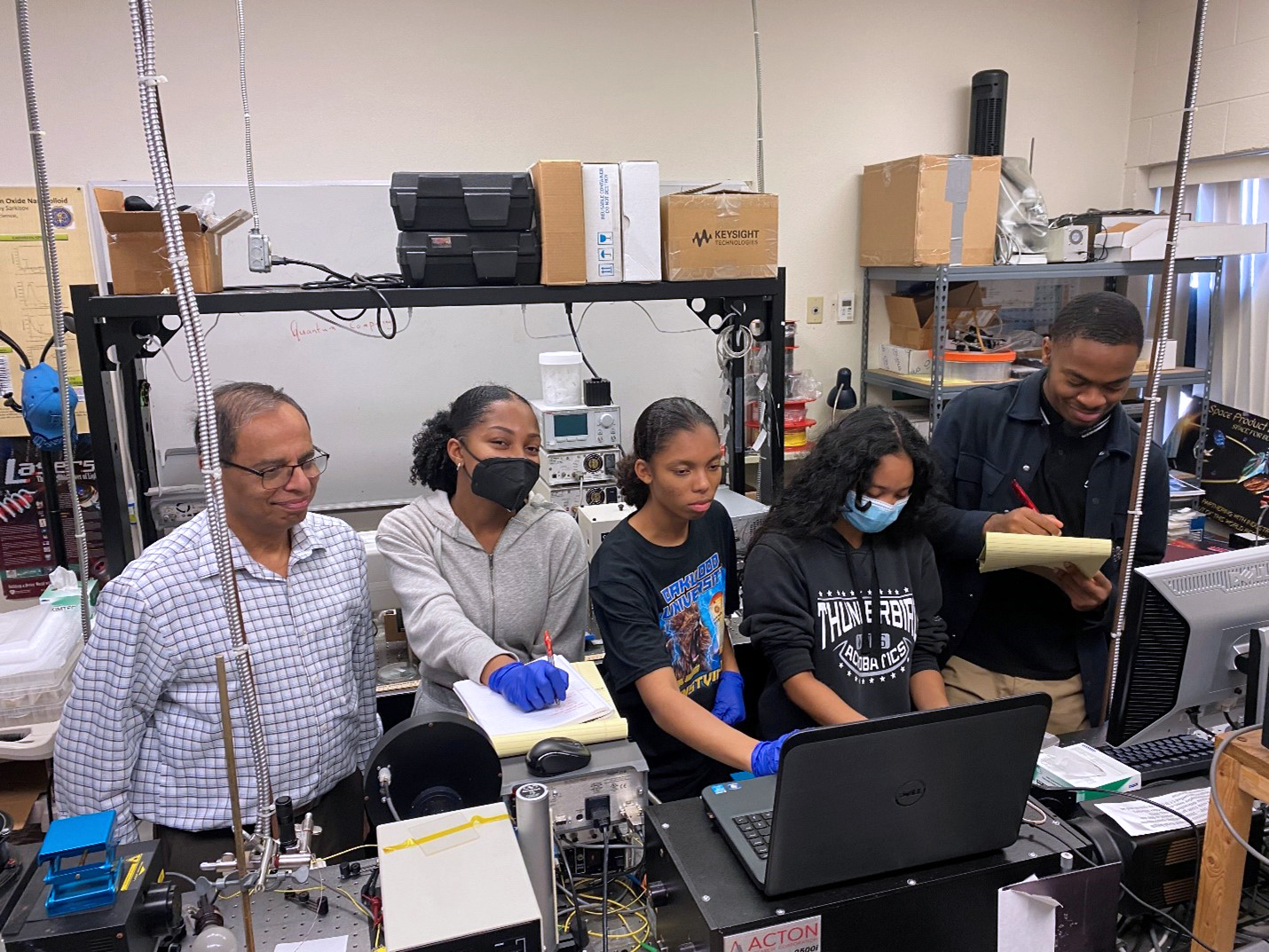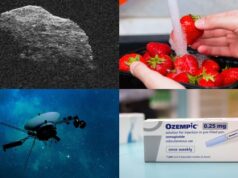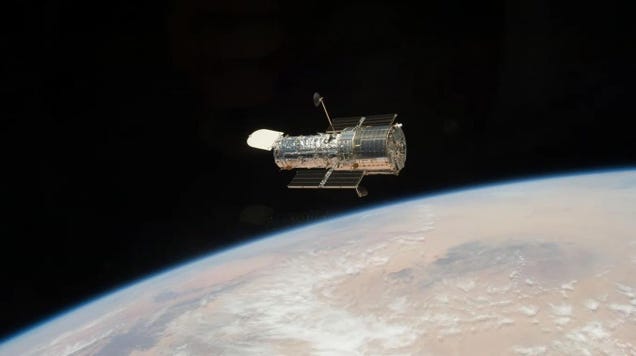
Partnerships that Prepare for Success: The Research Institution Perspective on the M-STTR Initiative

Oakwood University
Editor’s Notes (March 2024): Oakwood University and its small business partner—SSS Optical Technologies, LLC—were awarded a STTR Phase II in November 2023 to continue their work. Also in 2023, M-STTR awards became part of what is now MPLAN.
In 2022, Oakwood University, a Historically Black College based in Huntsville, Alabama, became a first-time research institution participant in NASA’s Small Business Technology Transfer (STTR) program. Partnering with SSS Optical Technologies, LLC (SSSOT) of Huntsville, Alabama, the team received a 2022 Phase I award to develop UV protective coating for photovoltaic solar cells in space. The PANDA (Polymer Anti-damage Nanocomposite Down-converting Armor) technology could be used to protect solar cells, which convert sunlight into energy but can suffer damage from UV rays.
Prior to this STTR award, Oakwood University and SSSOT prepared for the solicitation by participating in a pilot NASA opportunity. In 2021, NASA launched the M-STTR initiative for Minority-Serving Institutions (MSIs) to propose for Small Business Technology Transfer (STTR) research planning grants. The program is a partnership between NASA’s Space Technology Mission Directorate (STMD) and NASA’s Office of STEM Engagement’s Minority University Research and Education Project (MUREP).
The 2021 solicitation resulted in 11 selected proposals to receive M-STTR planning grants—six from Historically Black Colleges and Universities (HBCUs) and five from Hispanic Serving Institutions (HSIs). Oakwood University was among the selected research institution teams; with its grant, the university developed a partnership with SSSOT.
Dr. Darayas Patel, professor of mathematics and computer science at Oakwood University, shared the university perspective on how the M-STTR program helped the team form a partnership and prepare for the 2022 STTR solicitation. Dr. Patel is supporting the Phase I STTR contract, which is the university’s first time working with the SBIR/STTR program. Prior to the NASA STTR award, Oakwood University has received grants from other government agencies, including the Department of Defense and the National Science Foundation. Oakwood University also has past involvement in NASA’s MUREP program, which helps engage, fund, and connect underserved university communities. Learning about opportunities from the MUREP network, the Oakwood University team proposed to the pilot M-STTR program, working together with SSSOT on photovoltaic solar cell technology.
“M-STTR helped us solidify the collaboration with SSSOT by focusing our team on specific, tangible goals.”

Dr. Darayas Patel
Professor at Oakwood University
Oakwood University and SSSOT formed a partnership based on Dr. Patel’s existing relationship with SSSOT’s founder Dr. Sergey Sarkisov, who was on Dr. Patel’s Ph.D. committee at Alabama A&M University. According to Dr. Patel, the M-STTR grant allowed the team to generate preliminary data about the solar cell technology that would later be proposed for the 2022 STTR award. In addition to providing supplementary data for the STTR solicitation, Dr. Patel said, “M-STTR helped us solidify the collaboration with SSSOT by focusing our team on specific, tangible goals.” The result was a more unified team with a defined action plan for approaching the STTR proposal.
When asked what advice he had for other research institutions interested in participating in the NASA SBIR/STTR program, Dr. Patel shared, “Keep your eyes wide open and try to reach out to nearby small businesses interested in transferring your technology to the market. And remember: it should line up with what NASA is looking for.” From working with NASA on these initiatives, Dr. Patel says he has broadened his network within the NASA community, which helps him stay informed of future opportunities.








